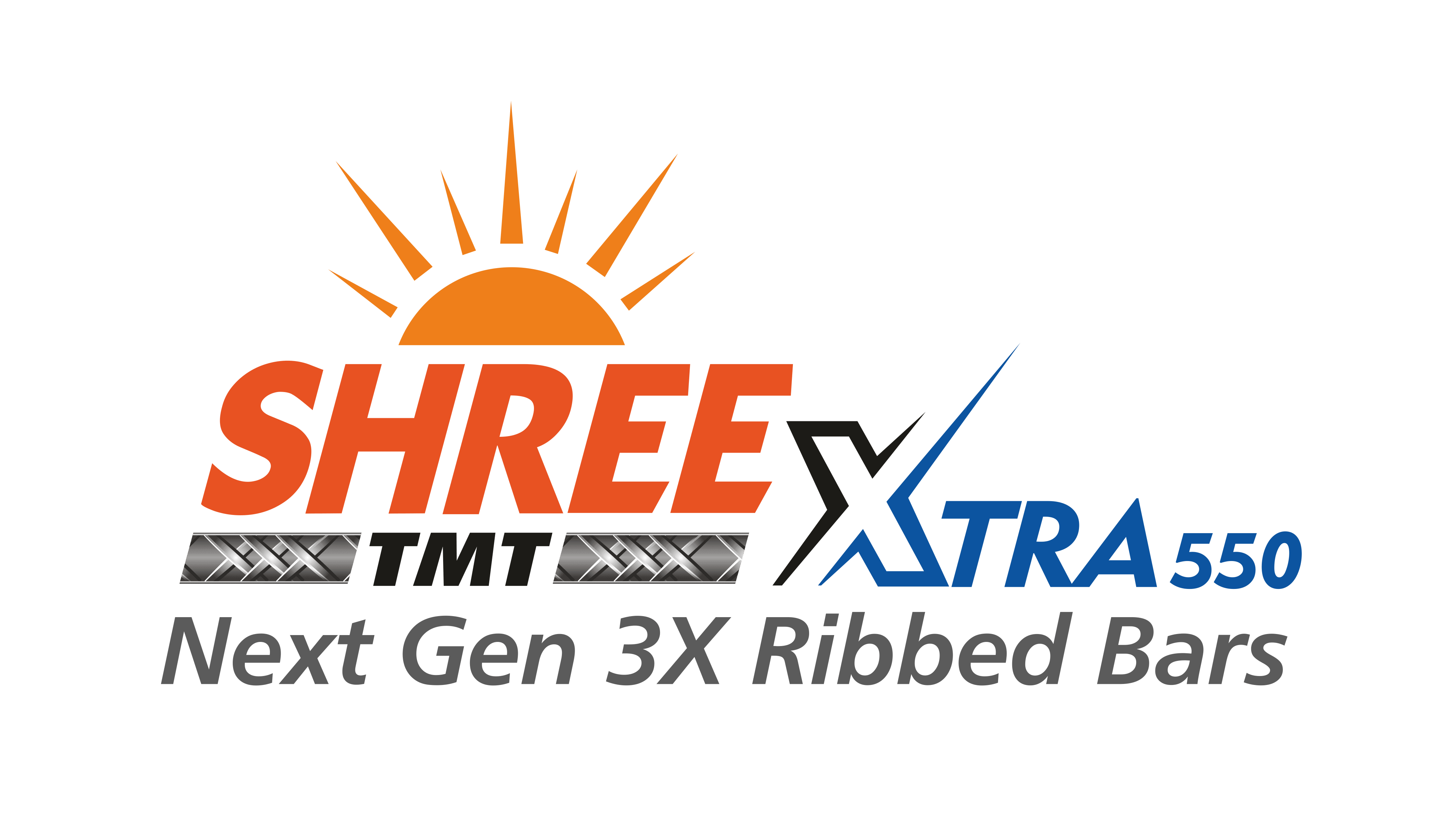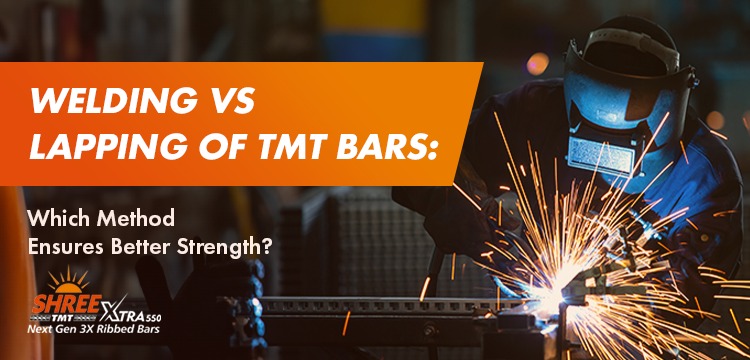Welding vs Lapping of TMT Bars: Which Method Ensures Better Strength?
In construction, the joining of TMT (Thermo-Mechanically Treated) bars is a critical process that directly impacts the structural strength and durability of buildings and infrastructure. Two primary methods dominate this domain: welding and lapping. Each technique brings unique advantages and challenges, making the choice crucial for engineers and construction professionals.
Understanding TMT Bars
TMT bars are the quintessential strength that brings stability, durability, and resilience to modern construction, forming the backbone of reinforced concrete structures through their unique thermo-mechanical properties and superior load-bearing capabilities. These high-strength reinforcement bars are produced through a specialized cooling process that creates a tough outer martensitic shell and a ductile ferrite-pearlite core. This unique microstructure provides exceptional strength, ductility, and corrosion resistance.
Welding: Precision and Complexity
Welding involves directly joining TMT bars by melting and fusing their ends. This method requires specialized skills and equipment, including:
- Electric arc welding
- Submerged arc welding
- Friction welding
Pros of Welding
- Allows precise connections in tight spaces
- Useful for complex structural designs
- Can create continuous, seamless joints
Cons of Welding
- Risk of altering the bar’s microstructure
- Potential reduction in strength at the weld point
- Requires highly skilled welding professionals
- More expensive due to specialized equipment and labor
Lapping: Simplicity and Reliability
Lapping is a mechanical method where TMT bars are overlapped and tied together using binding wire or other reinforcement techniques. The overlap length is typically 40-50 times the bar’s diameter.
Pros of Lapping
- Maintains original bar strength
- Simple and straightforward technique
- Lower skill requirement
- Cost-effective
- Preserves the TMT bar’s inherent metallurgical properties
Cons of Lapping
- Requires more physical space
- Limited in extremely compact structural designs
- Potential for slight misalignment
Strength Comparison: The Critical Factor
Extensive research and structural engineering studies consistently demonstrate that lapping provides superior strength retention compared to welding. The primary reasons include:
- Minimal Microstructural Disruption:Lapping doesn’t involve heating, thus preserving the TMT bar’s original martensitic structure.
- Uniform Stress Distribution:Overlapped bars distribute loads more evenly, reducing stress concentration points.
- Reduced Risk of Metallurgical Defects:Welding can introduce potential weak points due to heat-affected zones.
Selecting the Right Method
The choice between welding and lapping depends on several project-specific factors:
- Project Complexity: Intricate designs might favor welding. Most useful where there is a need for specialized structural details in seismic zones or high-stress areas.
- Available Space: Compact structures may require welding. Used in locations with high reinforcement density where lapping would cause congestion.
- Budget Constraints: Lapping is generally more economical and requires less specialized labor, making it cost-effective for standard construction.
- Structural Load Requirements: Critical load-bearing structures might prioritize lapping. Useful in critical infrastructure projects like bridges and dams demanding highest quality connections.
Recommendations for Optimal Performance
- Prioritize lapping whenever possible
- If welding is necessary, employ certified welding professionals
- Use appropriate welding techniques that minimize heat impact
- Conduct thorough quality checks and non-destructive testing
- Follow relevant construction standards and guidelines
Conclusion
While both welding and lapping have their place in construction, lapping emerges as the preferred method for ensuring superior strength in TMT bar connections. By maintaining the bar’s original metallurgical properties and providing uniform stress distribution, lapping offers a reliable, cost-effective solution for most construction projects.
For specific project requirements, consulting with structural engineering experts remains crucial in making the most appropriate choice.

